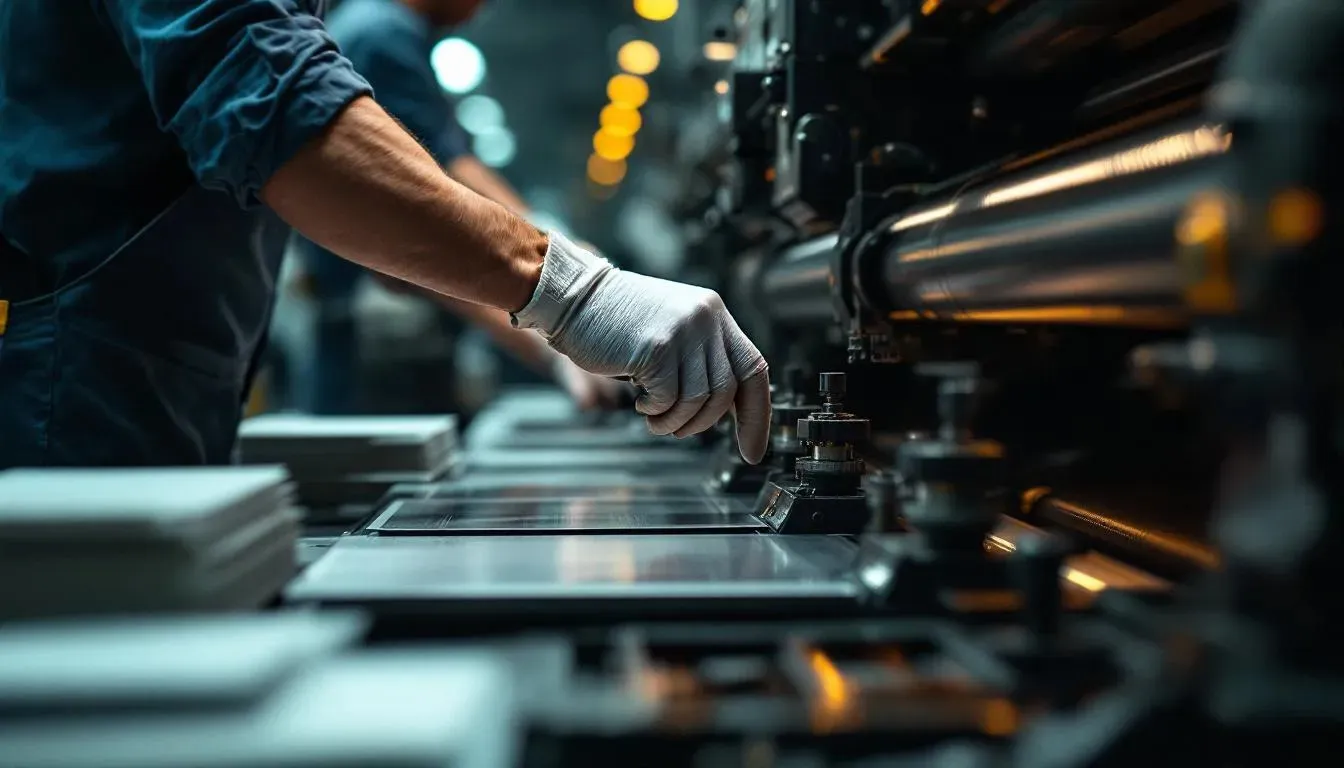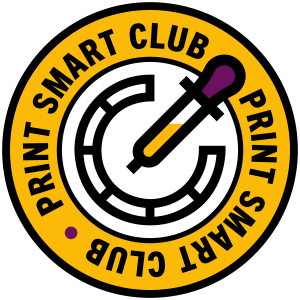A founder rings at 8:57 a.m. with two quotes on the same carton. 2,000 units vs 5,000 units. The bigger run looks expensive on paper – but the unit price is 28% lower and the lead time is the same. Which one actually saves money when you add setup, waste, and reorders you know are coming? This is where a little unit-cost math clears the fog.
Good news: you do not need a spreadsheet degree. If you understand what goes into a print run – make-ready, sheets or web width, plates, finishing passes, and freight – you can choose quantities that protect cash now and margin later.
What’s Really Going On
Printers pay a fixed cost to start up a job: plates or clichés, ink up, color targets, die setup, machine time while waste sheets run. That make-ready is the same whether you print 500 or 5,000. After that, most of your cost is paper or film and press time. As quantity increases, that fixed cost spreads over more units – your unit price drops fast until you hit the next constraint (different imposition, extra press form, or a new finishing pass).
At the same time, holding too much stock has a cost – cash tied up, version risk, and storage. The sweet spot is where you buy just enough to ride down the unit price without building a warehouse of regret.
The Practical Fix (Production-Savvy)
1) Use a simple unit-cost view. A helpful way to think about any quote:
Unit Cost ≈ (Make-Ready + Plates + Die + Press Time + Substrate + Finishing + Freight) ÷ Quantity
Ask your vendor to show setup and run charges clearly. If quotes feel apples vs oranges, this primer helps with the basics of clean files and dieline setup: Dielines & bleed: the simple guide to packaging that prints right the first time.
2) Spot the breakpoints. Breakpoints happen when something material changes: you fit an extra-up on a sheet, a wider web reduces waste, or a second plate set is avoided. A tiny size tweak can push you from 4-up to 6-up – the same press time yields 50% more packs. When you have flexibility, ask for a yield check before locking dimensions.
3) Compare totals, not just unit price. If you buy 5,000 at €0.28 or 2,000 at €0.41, the bigger run is cheaper per unit but ties up more cash. Consider your sell-through window. If you will reorder in a month anyway, the larger run saves two setups and reduces freight per unit.
4) Reduce setup – design once, repeat calmly. Locked templates and consistent components reduce prepress time and make-ready surprises. If your team handles many variants, set up reprint-ready templates so a small copy change does not become a new job. How to do that well: Reprint-ready templates: cut prepress time by 30%.
5) Choose materials with both price and performance in mind. Substrate switches can look cheaper but create waste in production or on shelf. Balance unit price against scuff resistance, barcode contrast, and shelf appeal. If you are weighing options, this primer is practical: Materials & finishes that do the selling for you.
6) A quick, real example. Imagine a folded carton that nests 6-up on a B1 sheet.
- Make-ready package: €420 (plates, setup, wash-ups, die mount)
- Run + board per 1,000 cartons: €170
- Freight: €60 per shipment
If you order 2,000:
- Cost ≈ €420 + (2 × €170) + €60 = €820 → €0.41/unit
If you order 5,000:
- Cost ≈ €420 + (5 × €170) + €60 = €1,330 → €0.266/unit
Now add reality: you will need 4,000 within 6 weeks.
Option A – two orders of 2,000 each: 2 × €820 = €1,640
Option B – one order of 5,000 now (1,000 buffer): €1,330
Even with a little storage, Option B avoids a second setup and saves you ~€310. Numbers change by job – the logic holds.
7) Plan for promotions and revisions. If you expect a copy change soon, split the order: a bridge run for 4 weeks at the higher unit price, then a larger run after the change drops. Use over-labels for micro fixes only when the base pack is right. (Production guidance, not legal advice – confirm local rules and retailer requirements.)
8) Ship less air. Check palletization and case counts. If a tiny size change lets cases pack tighter, freight per unit falls – and your shelf trays may fit better. Win now, win later.
9) Use one rhythm for all SKUs. Shared sizes, shared substrates, and shared finishes make vendors faster and your numbers steadier. Families look stronger too. If you are defining that system, this helps: Designing a packaging family: a simple SKU architecture.
Short-Term Wins (This Week)
- Quotes you can read at a glance – setup separated from run.
- Fewer surprises: you know where the breakpoints are and why they matter.
- Quick decision on whether to bridge now or print the bigger, cheaper run once.
- Cleaner files and templates that reduce prepress padding on your quotes.
Long-Term Wins (This Quarter/Year)
- Lower average unit cost as you ride the right quantity breaks.
- Fewer reprints and less waste by sizing for better yields.
- Leaner logistics – smarter case counts and fewer partial pallets.
- A calmer team: predictable costs, fewer last-minute shortages, steadier margins.
Final Thought
Price is not just paper and ink – it is setup, yield, and rhythm. When you see those pieces clearly, you will stop chasing the cheapest hour and start buying the smartest run.

